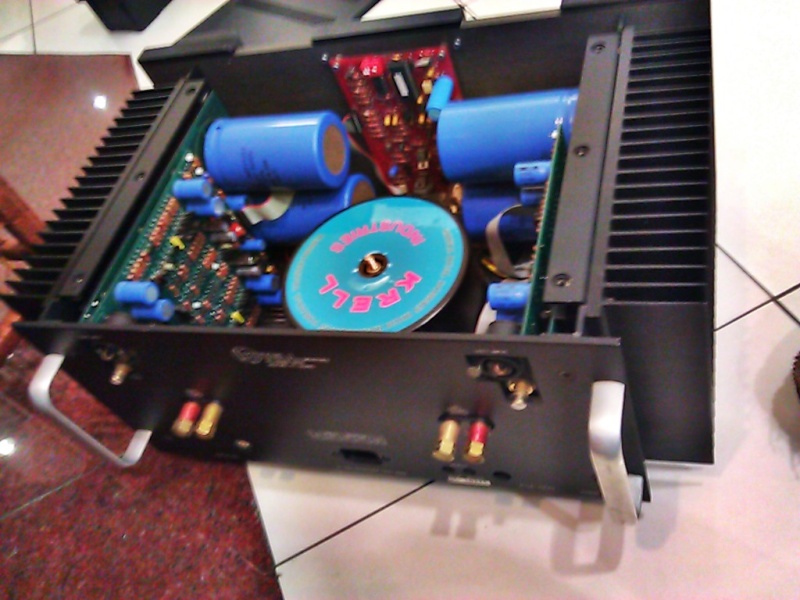Dynamic headroom. Interesting topic.
Let's hear your thoughts on the subject.

What is it? What is required? Why does one amp have more than another?
My thoughts on the dynamic headroom of an amplifier:
Let's define dynamic headroom first:
Headroom is simply a term used to denote and describe how much power your amp can provide before the sound starts to break up and distort.
By the way, we should be clear we are talking about audio amplifiers, not guitar amplifiers as the two are very different in headroom and headroom preference depending on the genre and musician.
Intentional distortion in a guitar amp is actually a desirable characteristic with certain music genres but it is a no-no for our applications of having a clean music reproduction of sound.
Seems to me it is pretty straight forward, the amp has specs baked into it. If they are honest, they will present the maximum wattage the amp will be able to deliver at specific harmonic distortion levels before clipping or thermally shutting down? Typically amps will be tested at 1/3 rated power for some continuous amount of time on the bench for thermal stability and then for maximum specs.
Obviously the more clean wattage an amp can deliver, the more headroom it is said to have.
So what do we expect from dynamic headroom outside the amp itself?
Do we think other gadgets external to an amp will help?

In my mind, there are things that just do not jive...
In an amp, we have big ole capacitors in the signal path. Why are they there? If we can get all the instant current/juice from the wall, why bother with big, expensive caps in amps?

So let's see here...
Do capacitors charge instantly?
This charging (storage) and discharging (release) of a capacitors energy is
never instant but takes a certain amount of time to occur with the time taken for the capacitor to charge or discharge to within a certain percentage of its maximum supply value being known as its Time Constant ( τ ).
Seems pretty clear to me but I could be missing something here.... That the answer has always been the big ole' capacitors for that punchy, iron fisted grip on the speaker that matters the most. You can't "push" current through the amp fast enough for transient dynamics, so therefore, they have to "reside inside the amp to begin with".

I've never heard an amp that I knew had tons of "capacitive storage" inside it, not to sound in total control over the speaker with plenty of dynamic headroom and bass control. Whether it was plugged into the wall or not...
I have however heard plenty of weakness from amps that did not have plenty of capacitive storage and a beefy power supply.
How about your experience?
So as far as I am concerned, I got your dynamic headroom right here pal...


